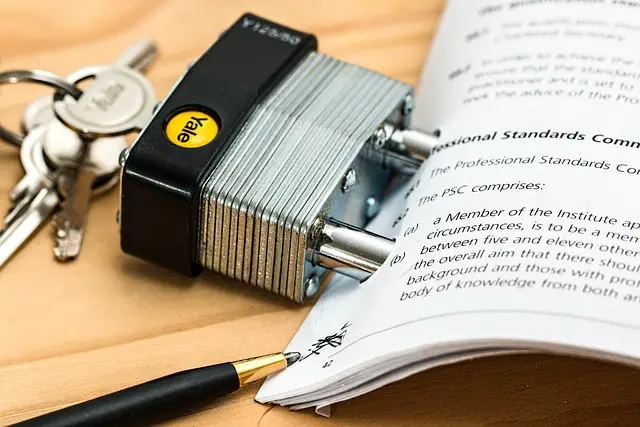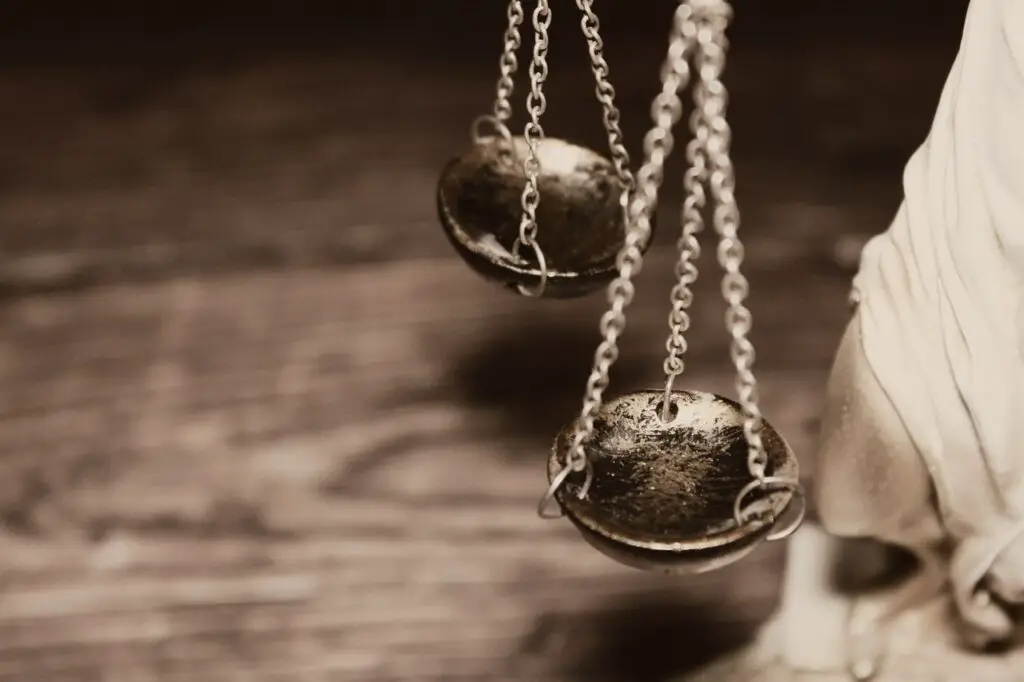Introduction

Legal drafting is a critical skill for attorneys, paralegals, and legal professionals. It involves creating precise and effective legal documents that clearly convey legal rights, obligations, and intentions. From contracts and pleadings to wills and legal correspondence, strong drafting skills are essential for ensuring that legal documents are enforceable, accurate, and aligned with the client’s goals. This blog post provides a comprehensive guide to legal drafting, including techniques, tips, and best practices for producing high-quality legal documents.
What is Legal Drafting?

Legal drafting is the process of preparing legal documents that articulate legal agreements, obligations, and rights. It requires a deep understanding of legal principles, attention to detail, and the ability to communicate complex legal concepts clearly and concisely. Effective legal drafting minimizes ambiguity and ensures that the document serves its intended purpose.
Key Principles of Effective Legal Drafting

- Clarity and Precision Legal documents must be clear and precise to avoid misunderstandings and disputes. Use plain language and define any legal terms or jargon. Avoid ambiguous terms and ensure that every clause has a specific purpose. Learn how to achieve clarity and precision in legal drafting.
- Consistency Consistency in terminology, formatting, and structure is crucial for creating professional and coherent documents. Ensure that terms are used consistently throughout the document and that the document follows a logical structure. Discover the importance of consistency in legal drafting.
- Legality and Compliance Ensure that the document complies with relevant laws, regulations, and legal standards. Verify that the document adheres to any statutory or procedural requirements and that it is legally enforceable. Find out how to ensure legality and compliance in legal drafting.
- Purpose and Intent Clearly articulate the purpose and intent of the document. Each section should contribute to achieving the document’s overall goal, whether it’s creating an agreement, filing a court motion, or outlining a legal obligation. Read about aligning legal drafting with purpose and intent.
Common Types of Legal Documents and Drafting Tips

- Contracts Contracts outline agreements between parties and specify their rights and obligations. Key elements include offer, acceptance, consideration, and mutual assent. Ensure that terms are clearly defined, obligations are specified, and remedies for breach are addressed. Learn how to draft effective contracts.
- Pleadings Pleadings are formal documents submitted to a court to initiate or respond to legal proceedings. They include complaints, answers, and motions. Ensure that pleadings are well-organized, accurately state the facts, and cite relevant laws and precedents. Discover tips for drafting pleadings.
- Wills and Trusts Wills and trusts specify how a person’s assets should be distributed after their death. Draft these documents carefully to ensure that the testator’s wishes are clearly stated and legally binding. Include details such as beneficiaries, executors, and distribution instructions. Explore best practices for drafting wills and trusts.
- Legal Correspondence Legal correspondence includes letters and communications between parties involved in a legal matter. Ensure that correspondence is professional, clear, and addresses the relevant issues. Use formal language and provide accurate information. Find out how to draft effective legal correspondence.
- Legal Briefs Legal briefs are written arguments submitted to a court to support a party’s position. They should clearly present the facts, legal arguments, and supporting evidence. Structure the brief logically and cite relevant case law and statutes. Learn how to prepare persuasive legal briefs.
Techniques for Effective Legal Drafting

- Start with an Outline Begin with an outline to organize your thoughts and structure the document. An outline helps ensure that all necessary elements are included and that the document flows logically. Read about the benefits of starting with an outline.
- Use Templates and Precedents Templates and precedents can provide a useful starting point for drafting. They offer standard language and formats that can be customized to fit the specific needs of the document. Discover how to use templates and precedents effectively.
- Draft in Stages Draft the document in stages, starting with a rough draft and refining it through revisions. Focus on getting the content right first before addressing formatting and stylistic details. Learn about the drafting process and stages.
- Review and Revise Thoroughly review and revise the document to catch errors, clarify language, and ensure completeness. Consider having the document reviewed by a colleague or expert to provide additional perspectives. Find out how to review and revise legal documents.
- Use Legal Research Incorporate legal research to support your drafting. Ensure that all legal references are accurate and up-to-date. Research relevant case law, statutes, and regulations to strengthen the document’s content. Explore how to integrate legal research into drafting.
Best Practices for Legal Drafting

- Be Concise Avoid unnecessary verbosity and focus on clear, concise language. Long-winded sentences and complex phrases can obscure the document’s meaning and lead to confusion. Read about the importance of conciseness in legal drafting.
- Anticipate Issues Anticipate potential issues and address them proactively in the document. Consider possible disputes or questions that may arise and include provisions to handle these issues. Discover how to anticipate and address potential issues.
- Use Clear Formatting Use clear and consistent formatting to enhance readability. Include headings, bullet points, and numbered lists to break up text and make the document easier to navigate. Learn about effective formatting techniques.
- Proofread Carefully Proofread the document carefully to eliminate errors and ensure accuracy. Pay attention to spelling, grammar, punctuation, and formatting. Errors can undermine the document’s professionalism and effectiveness. Find tips for effective proofreading.
- Seek Feedback Obtain feedback from colleagues, clients, or other stakeholders. Their input can provide valuable insights and help identify areas for improvement. Read about the benefits of seeking feedback on legal drafts.
- What are the essential elements of a well-drafted contract? Essential elements of a well-drafted contract include clear definitions of terms, detailed obligations and rights of each party, consideration, dispute resolution mechanisms, and termination clauses. Ensure that the contract is comprehensive and addresses all relevant issues.